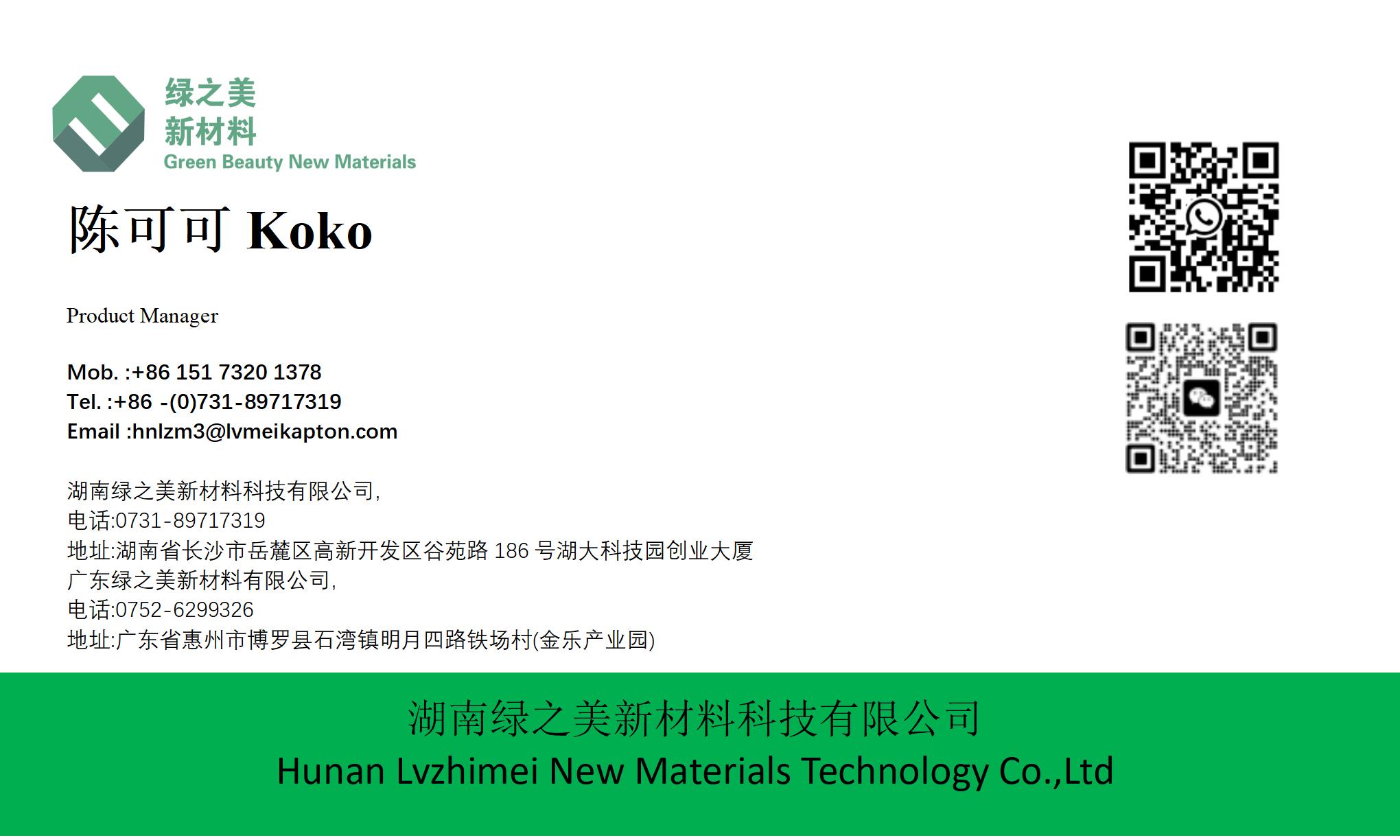



How Does Strong Adhesion and Blocking High Temperature Tape Enhance Gold Finger Electronics? |https://www.lvmeikapton.com/
1. The Role of Strong Adhesion and Blocking High Temperature Tape in Gold Finger Electronics
Gold finger connectors, named for their gold-plated contact edges, are integral to high-speed data transfer in devices ranging from consumer electronics to aerospace systems. However, their exposure to soldering, thermal cycling, and mechanical friction necessitates robust protective materials.
Strong adhesion and blocking high temperature tapeexcels in this role due to its dual capabilities:
· Thermal Resistance: Withstanding temperatures up to 300°C, the tape prevents delamination during soldering or reflow processes.
· Mechanical Stability: Its aggressive adhesion ensures components remain intact despite vibrations or bending stresses.
· Chemical Inertness: Resistant to fluxes, solvents, and moisture, it safeguards gold fingers from corrosion.
A key advantage lies in its compatibility withBrown circuit board high temperature tape, which is often used in multilayer PCB designs. By combining these tapes, manufacturers create barriers between conductive layers, minimizing cross-talk and short circuits.
2. Self-Adhesive Back Blocking Spray Paint Tape: Precision in Coating Applications
Spray-paint masking is a critical step in PCB manufacturing, where selective coating protects sensitive areas while allowing conductive traces to remain exposed. Traditional masking tapes often leave residues or fail under heat, compromising precision.
Self-adhesive back blocking spray paint tapeaddresses these issues with:
· Residue-Free Removal: A silicone-based adhesive ensures clean peeling post-coating.
· High-Temperature Endurance: Stable up to 200°C, it withstands curing ovens without shrinking.
· Conformability: Adapts to irregular surfaces, ensuring no bleed-through during spray processes.
This tape is particularly effective when paired withAdhesive PET material high temperature tape, which offers lightweight flexibility for curved or dynamic PCB layouts.
3. Comparative Analysis: PI Material High Temperature Resistant 300 Tape vs. Conventional Options
Polyimide (PI) tapes have become the gold standard for high-temperature applications due to their molecular stability.PI material high temperature resistant 300 tapeoutperforms alternatives like PTFE or fiberglass tapes in several metrics:
Property | PI Tape | PTFE Tape | Fiberglass Tape |
Max. Operating Temperature | 300°C | 260°C | 200°C |
Tensile Strength (MPa) | 220 | 150 | 100 |
Dielectric Strength (kV/mm) | 150 | 60 | 30 |
Adhesion (N/25mm) | 8.5 | 4.0 | 3.5 |
Key Advantages of PI Tape:
· Thermal Degradation Resistance: Retains 90% of its tensile strength after 1,000 hours at 250°C.
· Electrical Insulation: Ideal for high-voltage environments, such as EV battery modules.
· Thin Profile: At 0.05mm thickness, it minimizes bulk without compromising protection.
4. Lvmeikapton Insulating Electrical Tape: Bridging Thermal and Electrical Performance
While many tapes excel in either insulation or heat resistance,lvmeikapton insulating electrical tapeuniquely combines both. Derived from polyimide, it shares the core material ofStrong adhesion and blocking high temperature tapebut adds enhancements:
· Enhanced Dielectric Strength: Withstands up to 7 kV, preventing arcing in power electronics.
· Thermal Conductivity: Dissipates heat away from gold fingers, reducing thermal stress.
· Flame Retardancy: Meets UL 94 V-0 standards, critical for aerospace and automotive safety.
Case studies in automotive LED lighting systems demonstrate its effectiveness. When applied to gold finger connectors in headlight PCBs, the tape reduced failure rates by 40% over five years, even under constant thermal cycling (-40°C to 150°C).
5. Integration Strategies for Multilayer PCB Manufacturing
Modern electronics increasingly rely on multilayer PCBs, where stacked conductive layers demand meticulous isolation. Here, a combination of tapes ensures reliability:
1. Layer Separation:Brown circuit board high temperature tapecreates non-conductive barriers between copper layers.
2. Surface Protection:Self-adhesive back blocking spray paint tapemasks gold fingers during conformal coating.
3. Final Insulation:Lvmeikapton insulating electrical tapeencapsulates the assembly, shielding against environmental factors.
Aerospace manufacturers have reported a 25% improvement in signal integrity after adopting this layered approach, particularly in avionics systems exposed to rapid pressure and temperature changes.
6. Future Trends: Advanced Materials and Sustainability
As electronics shrink and power densities rise, next-gen tapes are evolving to meet stricter demands:
· Nano-Coated Tapes: Embedded ceramic nanoparticles enhance thermal conductivity by 30%.
· Bio-Based Adhesives: Reducing reliance on petrochemicals while maintaining performance.
· Smart Tapes: Integrating sensors to monitor temperature or strain in real time.
PI material high temperature resistant 300 tapeis already being tested in fusion reactor components, where temperatures exceed 500°C. Meanwhile,Adhesive PET material high temperature tapeis gaining traction in wearable tech due to its flexibility and biocompatibility.
Conclusion
The synergy betweenStrong adhesion and blocking high temperature tape,PI material high temperature resistant 300 tape, andlvmeikapton insulating electrical tapehas redefined reliability in gold finger electronics. By offering unmatched thermal stability, electrical insulation, and mechanical resilience, these materials enable advancements in industries where failure is not an option. As technology pushes toward higher temperatures and miniaturization, innovative tapes will remain at the forefront of electronic design, ensuring both performance and longevity.






